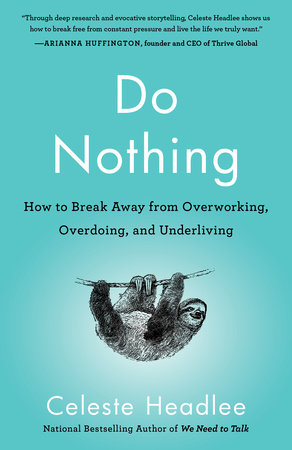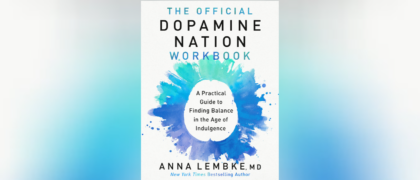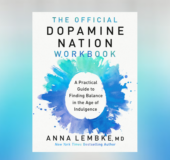Contributed by Celeste Headlee, author of Do Nothing
I recently asked a group of college professors on social media if they’d noticed a rise in the number of students who are burning out in school. I received a resounding chorus of replies that can be summed up in one word: YES. One prof at Southern Illinois University said more and more students are coming to her office in tears. A nurse at the Mayo Clinic said more students are requesting services from the nursing school to help handle the pressure of the program. An ethnomusicologist at Oberlin said that she now begins her classes with a reminder that her students should drink water, eat well, sleep, stay in touch with loved ones, and occasionally do something just for fun. Literature professor Rachel Louise Snyder at American University said, “I don’t think they burn out enough, given what is demanded of them. They take five classes a semester plus sometimes a part-time job or internship and it’s just too much, in my opinion. I worry they’ll crash much harder, much later.”
According to the current medical definition of the condition, you’ll know a student is burning out if they are exhausted, not performing well enough to meet academic requirements, and are somewhat withdrawn, detached, or cynical. Those three ingredients mix to create a crippling cocktail for young people. One that is associated with mood disorders as well as physical ailments like headaches, compromised immunity, stomach problems, and cardiovascular disease.
It can be difficult to prevent burnout, since the causes are various and the amount of stress each student can tolerate differs vastly. Yet one root cause of burnout is particularly common in Millennials and Gen Z students, and it’s relatively easy to treat. It’s perfectionism.
The drive to be a perfect student has been increasing since the 1980s, and that was partly intentional. In countries like the US, Canada, and the UK, society started placing a strong emphasis on individual achievement and competition with peers.
This trend intensified with the advent of social media. A student might feel confident about their grades until they write a post about them on Twitter and get torn apart by those who feel they could do better. Research shows that students will delete social media posts that aren’t earning at least one like per minute. They quickly determine whether a post is successful based on the responses of others, and, if it’s not trending, it’s gone.
Because of this rise in perfectionism, current students are far less forgiving of their mistakes and more likely to be derailed when things go wrong in school. Holding themselves to impossible standards means that students are never measuring up to their own expectations. In their eyes, they are always failing.
Suffering through daily bouts of self-recrimination can cause students to feel cynical. Constantly striving to grasp a bar that is forever out of reach can exhaust them. And the inevitable feelings of depression that follow can lead to social isolation, fatigue, and illness. Therapists say that you can’t both strive to be perfect and enjoy good mental health. The two things are mutually exclusive.
To combat perfectionism, schools must force students to celebrate failure and see mistakes as productive. Thomas Edison famously said that he didn’t fail over and over, he simply found 1,000 ways to not make a light bulb. Instilling that kind of work ethic in young people can help them handle the inevitable failures and errors that are part of normal life.
What’s more, teachers can encourage students to work together as often as possible and steer away from creating a race for grades. Heightened competitiveness doesn’t usually lead to higher performance. Create an environment in which students are not constantly comparing their own performance with that of others, and try not to use social media in coursework.
Most importantly, remind students that your class isn’t all that important, nor is their smartphone the window into a great life in the long-term scheme of things. Much of the stress that leads to burnout can be avoided by regular social interaction or even a walk through a park. Both of those activities lower heart rates and cortisol levels. Plus, they cost nothing and require no special equipment. Instill in your students that they are more than a GPA, and that the GPA doesn’t need to be perfect. You may find that the tendency toward burnout is not a generational phenomenon but the inevitable result of societal pressures. Relieve the pressure and students may become energized and intellectually engaged.






